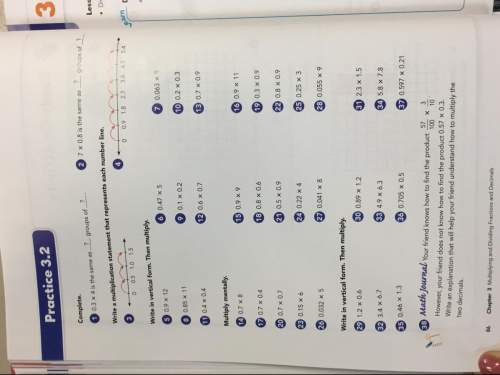
Mathematics, 15.02.2021 20:10, Dweath50
Background:
Sandra Guerra Thompson, a Professor of Law and Criminal Justice and Institute Director at the University of Houston Law Center, wrote Beyond a Reasonable Doubt? Reconsidering Uncorroborated Eyewitness Identification Testimony, in 2008 in the U. C. Davis Law Review.
This article reviews the overwhelming scientific evidence that establishes that eyewitnesses are notoriously inaccurate in identifying strangers, especially under the conditions that exist in many serious offenses such as robbery. Many of the factors that tend to decrease the accuracy of an identification are intrinsic to a witness’ abilities, and not the product of inappropriate suggestion by the police.
We know, for example, that eyewitnesses identify a known wrong person (a "filler" or "foil") in approximately 20% of all real criminal lineups.
Using the data that 20% of eyewitnesses identify a known wrong person, we wish to create a probability distribution and answer some probability questions.
Suppose we have three randomly selected lineups. Let I represent an incorrect identification.
Note: The complement of I is that an incorrect identification hat not occurred. This means that in any randomly selected lineup either the correct person or nobody was identified. In either case nothing incorrect has happened. So, for simplicity, let C represent the complement of I.
a. What is the sample space for this experiment?
b. Find the probability for each element in the sample space using the sample space you found above.
c. Let X represent a discrete random variable that counts the number of incorrect identifications. Create the probability distribution using the probabilities found above.

Answers: 2
Other questions on the subject: Mathematics


Mathematics, 21.06.2019 18:00, cici170
Each month, a shopkeeper spends 5x + 14 dollars on rent and electricity. if he spends 3x−5 dollars on rent, how much does he spend on electricity? for which value(s) of x is the amount the shopkeeper spends on electricity less than $100? explain how you found the value(s).
Answers: 2

Mathematics, 21.06.2019 18:30, viktoria1198zz
Florence price's brownies and more sells all types of cookies and pastries. on tuesdays, they markdown all brownies 75% to a sale of $1.50 a dozen. find the selling price and the markdown of a dozen brownies.
Answers: 1

Mathematics, 21.06.2019 21:30, swordnewsnetwork
Which of the following disjunctions is true? 4 + 4 = 16 or 6 - 5 = 11 4 · 3 = 7 or 3 - 2 = 5 8 - 5 = 13 or 7 · 2 = 12 7 - 4 = 11 or 6 + 3 = 9
Answers: 1
Do you know the correct answer?
Background:
Sandra Guerra Thompson, a Professor of Law and Criminal Justice and Institute Director...
Questions in other subjects:

Mathematics, 20.02.2020 01:09


Mathematics, 20.02.2020 01:09














